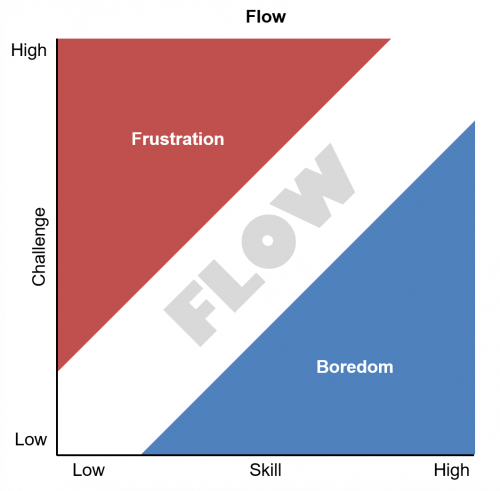A worrying trend I have noticed in gamification is people talking about making addicting experiences or applications. You hear phrases like “Addiction loops” and “Habit forming”.
I am pretty sure that their intentions are good, 90% of the time. They are describing experiences that people will want to come back to again and again. The key word is want. If you create an experience that people want to return to, you have done your job well. If people have to come back because it is a key tool to their job, or something they have to use on a regular basis, you have done a good job if people find it usable, pain free and at time an enjoyable experience.
Addiction creates a need and this is very different. If we look at the definition of addictive, it starts to paint the picture.
Addictive: (Of a substance or activity) causing or likely to cause someone to become addicted to it: a highly addictive drug
Is that what we really want people to experience in gamified systems. Do we want them to feel they need to keep doing something because it satisfies a psychological addiction? I have personally never heard the word addiction in a story with a happy ending! It tends to sit in sentences such as “addiction to gambling”, “addiction to alcohol”, “addiction to drugs”. Creating addiction could be considered a little evil – and we wonder why certain people dislike gamification and gamifiers.
How about we forget about trying to be clever and creating psychological tricks to hook people. Let’s concentrate on creating compelling systems, ones that are actually well made. Easy to use, good user interface and user experience, rewarding and meaningful in some way. Make it playful or gameful. If people have to use the system, create meaning for them, explain it to them and make them understand the purpose of it all.
Then, use gamification to enhance these well made systems, not to try and patch up poor experiences.


